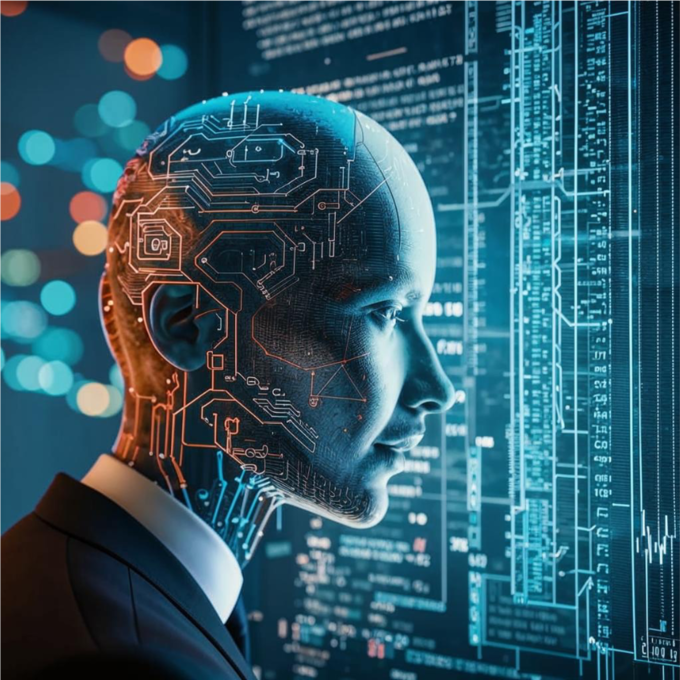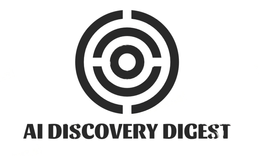Artificial Intelligence is changing the world in remarkable ways. From automating mundane tasks to analyzing massive datasets, AI’s capabilities are expanding rapidly. But what happens when this technology meets the realm of art? The beauty and creativity found in masterpieces often become targets for thieves, leading to a rise in art theft that has plagued museums and private collectors alike. With millions of dollars at stake, finding solutions becomes imperative.
Imagine a future where stolen works can be tracked with precision and recovered swiftly thanks to advanced algorithms and machine learning. As we delve into the intersection of AI and art crime, we’ll explore how cutting-edge technology provides hope against centuries-old challenges.
The rise of art theft and the need for solutions
Art theft has become a growing concern in recent years. High-profile heists grab headlines and spark debates about security measures. As art becomes an increasingly valuable asset, the motivation for thieves rises.
The emotional and cultural impact of stolen art is profound. Each piece tells a story, often tied to heritage or identity. When it goes missing, that narrative is abruptly severed.
Traditional methods of tracking stolen artwork are limited at best. Paper trails can be easily disrupted, and many pieces remain lost indefinitely. This gap highlights the urgent need for innovative solutions.
With advancements in technology, we have a chance to change this narrative. New tools must emerge to tackle these age-old crimes effectively and efficiently while preserving our shared history through art.
How AI can help track stolen art
AI is transforming the way we track stolen art. Its algorithms can analyze vast databases of images, enabling quick identification of missing pieces.
By employing machine learning, AI systems learn to recognize various styles and techniques. This capability allows them to compare stolen artworks against existing collections around the globe.
AI can sift through social media and online marketplaces for suspicious listings. This proactive approach uncovers potential sales or displays of stolen items that might otherwise go unnoticed.
With image recognition technology, even low-quality pictures can be analyzed for unique features. These details help investigators pinpoint where a piece may have originated from or who might currently possess it.
Collaborative platforms powered by AI enable museums and galleries to share information seamlessly. Real-time updates facilitate better communication among institutions fighting against art theft on all fronts.
Case studies of successful art theft resolutions using AI
One notable case involved the recovery of a stolen Picasso painting. Authorities used AI algorithms to analyze thousands of images, identifying visual similarities and tracking the artwork’s movement across networks. The technology worked like a digital bloodhound, guiding investigators to its location.
Another successful instance featured an ancient artifact that went missing for decades. Machine learning models sifted through historical databases and auction records. They pinpointed matches based on style and material composition, leading teams straight to an unsuspecting collector who had unwittingly purchased it.
In yet another example, researchers deployed facial recognition software at art exhibitions. This innovative approach led to the identification of individuals linked with notorious art theft rings by comparing their faces against known criminals in real-time.
These cases highlight how AI not only enhances investigative efforts but also inspires new strategies in combating art crime effectively.
Challenges and limitations of using AI in solving art theft
Using AI to combat art theft comes with its own set of challenges. One major issue is the quality of data. If the initial dataset used for training AI systems is incomplete or biased, it can result in inaccurate predictions.
Another limitation lies in interpreting art’s intrinsic value and context. Algorithms may struggle to grasp cultural significance or emotional ties that inform a piece’s worth, leading to oversights during investigations.
The technology itself requires constant updates and maintenance. Rapid advancements mean that what works today may be obsolete tomorrow.
Legal obstacles also pose hurdles. The complexities surrounding ownership rights can complicate recovery efforts when stolen pieces are identified by AI tools.
Reliance on technology could lead to complacency among human investigators. Balancing AI capabilities with traditional methods remains essential for effective outcomes in solving art theft cases.
Conclusion
The intersection of AI and art theft presents an intriguing frontier in crime-solving. As technology advances, the potential for AI to track stolen art becomes increasingly viable. The rise in art theft demands innovative solutions, and AI offers a promising avenue with its ability to analyze vast amounts of data quickly.
Successful case studies demonstrate that using AI can lead to significant breakthroughs. From facial recognition at galleries to pattern detection across global databases, these applications show real-world impact on recovering lost masterpieces. However, challenges remain; issues like false positives and reliance on existing records can hinder progress.
As we navigate this evolving landscape, it’s clear that while AI is not a panacea for all problems related to art theft, it certainly holds great promise as a tool for recovery initiatives. By combining human expertise with advanced technology, there lies an opportunity not just to solve crimes but also preserve cultural heritage for future generations.


